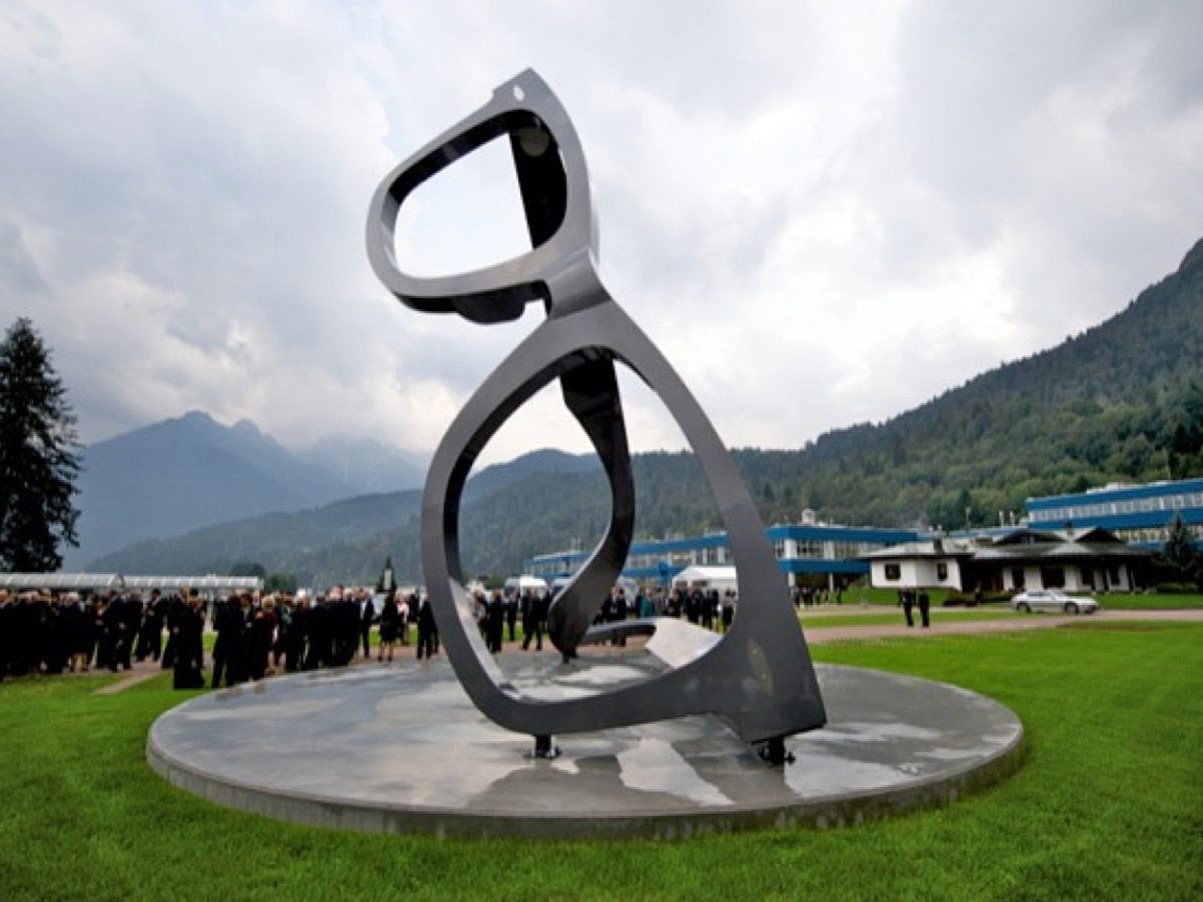
 We the Italians Editorial Staff
We the Italians Editorial Staff
Italian handcrafts: The Belluno eyewear district
- WTI Magazine #187 May 17, 2025
-

 We the Italians Editorial Staff
We the Italians Editorial Staff
Worldwide, the total production of glasses and lenses is valued at about 10 billion euros. Among all countries, Italy is the largest producer in Europe and the second-largest in the world, but we are number one everywhere if we consider just the luxury segment. The heart of all this is the Belluno region in Veneto.
When you ask where high-quality eyewear is made, two out of three times, you’ll find the answer is a company between Belluno and Treviso, where 70% of Italy's eyewear production is concentrated.
The Belluno area has been a fertile ground for the birth of the eyewear industry. The abundance of waterways ensured a constant supply of hydraulic energy. This was combined with the availability of low-cost labor and the strength of the local workforce. Of course, there were also some logistical challenges: the Cadore area (where it all started) was isolated from the main trade routes. However, this turned out not to be an insurmountable obstacle, especially since we're talking about eyeglasses, a product that fits in your hand and weighs just a few dozen grams. Moreover, it’s no coincidence that Belluno is in the same region as the Republic of Venice. In Murano, where glass was worked, lenses were also produced. In fact, Venice was Europe’s leading producer of lenses in its time.
While it’s true that the optical properties of certain materials were recognized as early as Roman times (Pliny the Elder records that Nero used an emerald to better watch gladiatorial games), the first examples of glass lenses appeared in Venice in the late 13th century. At that time, the frames were made from two leather or metal hoops, held in the hand or resting on the nose. Eyeglasses were for scholars and the wealthy, and they soon began to be seen as an ornament as well as a tool, foreshadowing a trend that would return centuries later.
Between 1800 and 1870, in what would become Italy, there was not a single eyewear factory. It is said that the craftsmen of the island of Murano were the true inventors of corrective lenses, the only ones in the world who shaped glass in every form and size. Unfortunately, Napoleon’s invasion in 1797 led to the fall of the Serenissima. The French blocked trade, and the shops of the master eyeglass makers closed after centuries of flourishing activity. The decline of Venetian craftsmanship created a void in the eyewear sector.
By the late 1800s, eyeglasses were mostly found in large towns, while in small villages, itinerant opticians would provide basic vision tests. It’s worth noting that often, the same pair of glasses was used by the whole family. Among these itinerant opticians was also Angelo Frescura.
In 1878, Angelo Frescura founded the first workshop for crafting eyeglass frames in Calalzo di Cadore, nestled in the Dolomites, a UNESCO World Heritage site. He was determined that Italy should stop importing eyeglasses from abroad. His dream was to restore Italy’s identity in eyewear. With remarkable persistence, in one of the least industrialized areas of Italy at the time, he began assembling imported metal frames with lenses he made himself. Over time, the district expanded, and by the 1920s, companies producing eyeglass cases, accessories, and optical equipment began to emerge. By the 1930s, the Belluno eyewear district was already covering 88% of Italy’s eyeglass frame production and 53% of eyeglass case production. However, the true transformation into a district took place in the 1970s. From that point, growth was exponential. In the 1990s, eyewear became a fashion accessory before being a health product. It became a way to express personality, just like clothing, and made its way onto fashion runways.
There was a boom in sunglasses and branded eyeglasses. Companies started signing contracts with major fashion houses, which changed the dynamics of the industry. Competition became international and increasingly intense. Companies adapted accordingly. Employment rates rose, but the number of businesses declined, meaning the larger companies began absorbing the smaller ones.
The Belluno eyewear district is known worldwide for its four large, world-class companies, but many small and medium-sized enterprises also thrive in the area, passing down their expertise and creating innovation. In fact, it is these smaller businesses that add greater value to Made in Italy, especially after the relocation of production processes by major multinational companies.
But a district isn’t just about production. It’s also a social environment. Soon, optical schools and industrial programs focused on eyewear creation were established. Certottica, the Italian certification institute for optical products and eyewear research center, was also founded. In short, it’s not just about frames, but everything that surrounds them. We’ve come a long way since Angelo Frescura’s first workshop. Today, the Belluno eyewear district is a point of pride for Italy, and between large multinational corporations and artisanal shops, it remains a unique reality in the world.